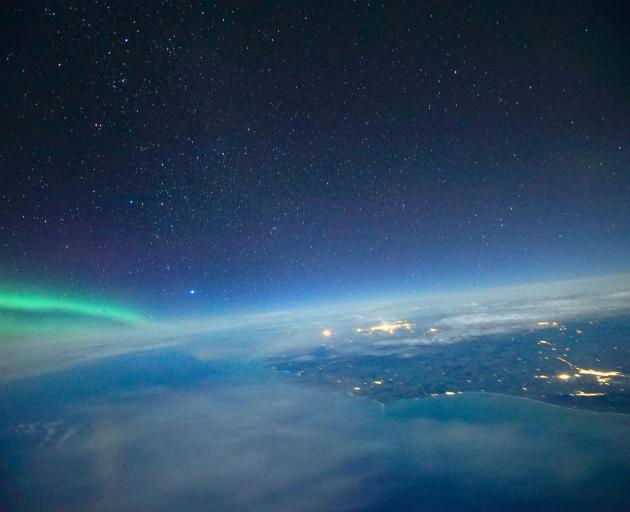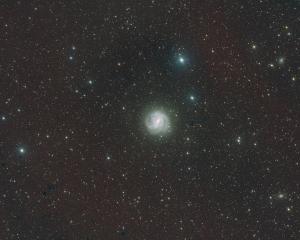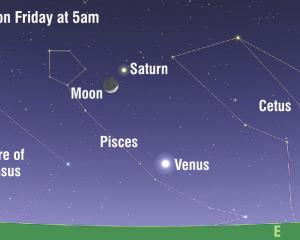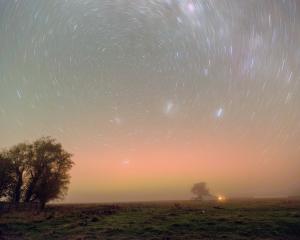
So far, there have been just two commercial flights into the southern auroral oval, and I was part of the team which organised both of them. The first utilised an Air New Zealand Boeing 767. Departing from Dunedin just after 9pm on March 23, 2017, it returned eight hours later, having spent nearly four hours beneath the southern auroral oval.
The second charter, lasting just over 10 hours, used a larger Boeing 787 Dreamliner. Unfortunately, Dreamliners are too heavy to operate from Dunedin, so this flight departed from Christchurch, which it did on March 22, 2018. That flight spent nearly five hours in the auroral zone, and passengers got some spectacular footage as the aircraft zig-zagged below a very active aurora.
The timing of the aurora flights, close to the equinox, was quite deliberate. While we were sure we would see an aurora on each trip, we wanted to maximise the chance the aurora would be bright.
Thanks to a phenomenon called the Russell-McPherron effect, auroras are known to be more frequent and brighter than usual in spring and autumn. Russell and McPherron were two geophysicists at the University of California who, in an elegant paper in 1973, explained why this happens.
Close to the equinoxes in March and September, the alignment of the interplanetary magnetic field and Earth's magnetic field is such that the two opposing fields can cancel each other out. This creates holes in Earth's magnetosphere through which particles from the solar wind can flow, giving rise to auroras when they interact with the atmosphere.
Incidentally, another factor that needs to be taken into account when planning a flight to the southern auroral oval is the phase of the moon. Because bright moonlight would interfere with auroral visibility, we always tried to time the flights close to new moon, when the sky is dark.
-By Ian Griffin











